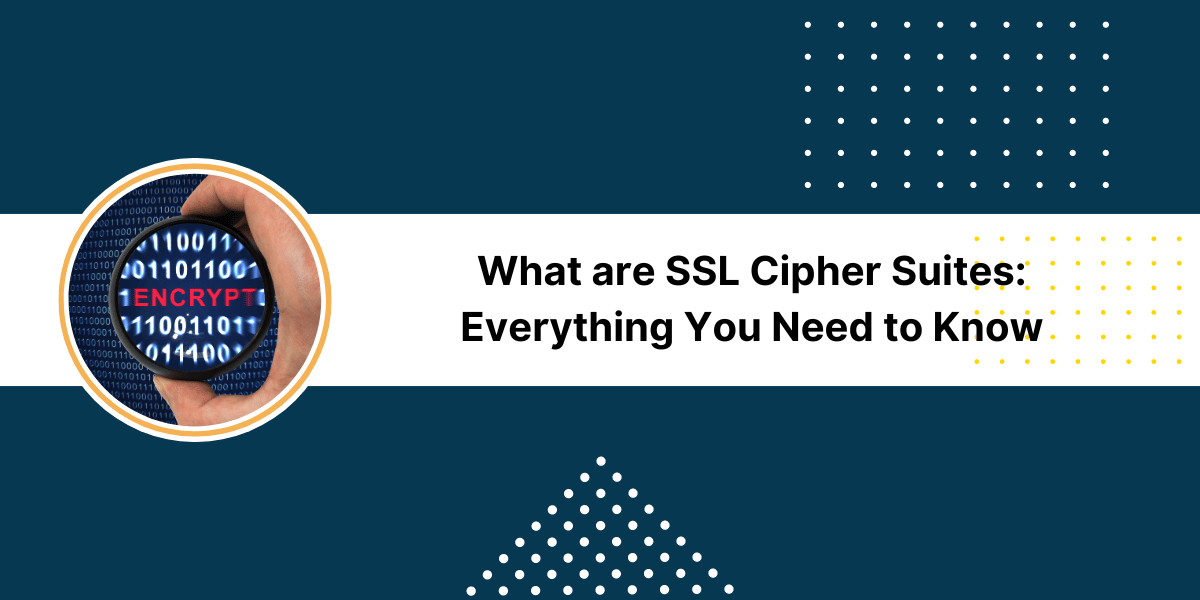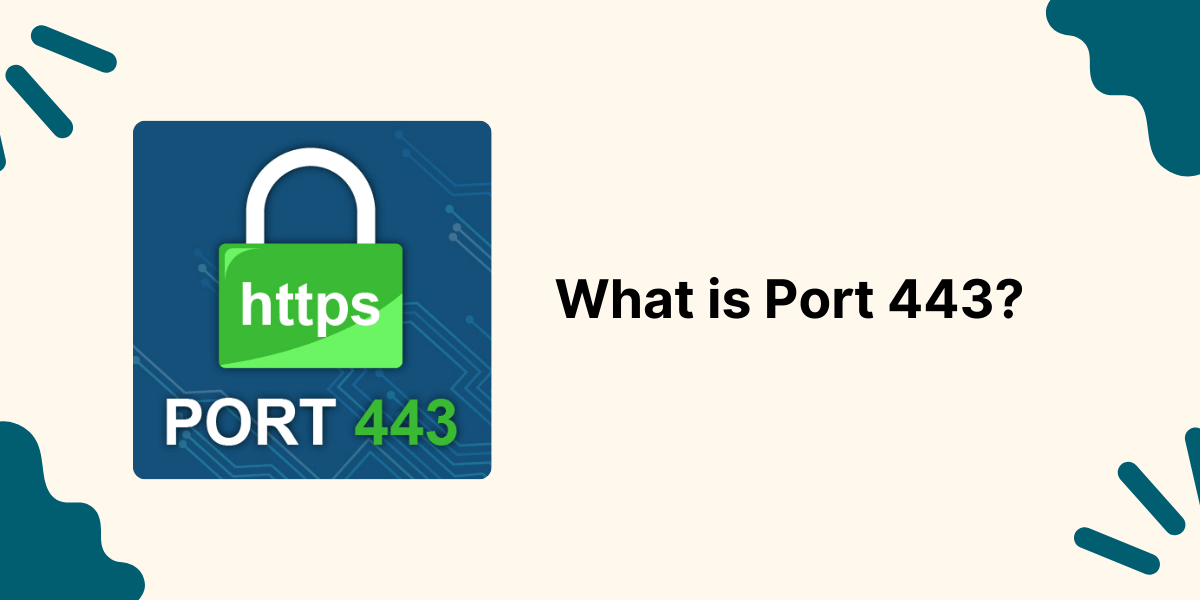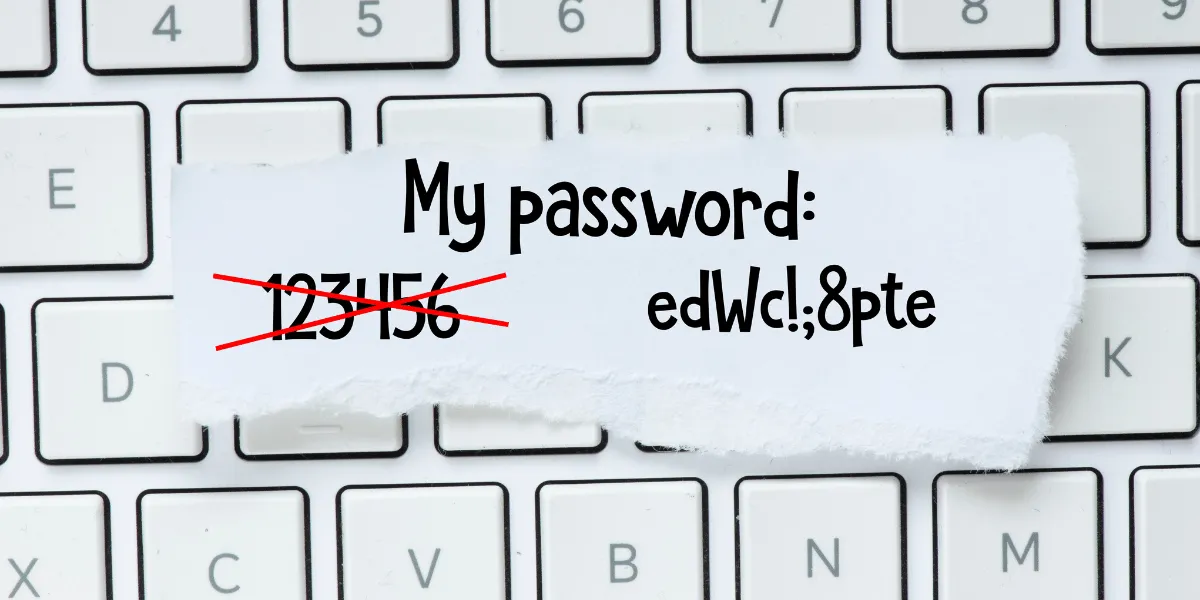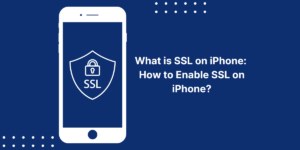Everything You Need to Know About SSL Ciphers
SSL (Secure Sockets Layer) and its successor TLS (Transport Layer Security) are cryptographic protocols that provide secure communications over the internet. When an SSL/TLS connection is established between a client and a server, they negotiate which cipher suites to use to encrypt their communications.
Cipher suites are named combinations of cryptographic algorithms that help secure the connection. Choosing the right cipher suites is crucial for ensuring optimal security and performance. This comprehensive guide provides everything you need to know about SSL/TLS cipher suites.
Key Takeaways
- Cipher suites are sets of encryption algorithms that secure communications between clients and servers.
- They specify cryptographic algorithms like symmetric ciphers, message authentication codes, key exchange methods etc.
- Proper cipher suite configuration is critical for security, compatibility and performance.
- Cipher strengths are categorized as export, low, medium, high and suite B.
- RSA, DHE, ECDHE, AES, RC4, 3DES, SHA1 etc. are common crypto algorithms used in cipher suites.
- Key factors in cipher suite selection are protocol support, encryption strength, hardware acceleration and compatibility.
- Usage of secure up-to-date cipher suites is recommended while outdated insecure ones should be deprecated.
- Cipher suite order signifies priority, with the client’s most preferred listed first.
- SSL Labs tests servers for cipher suite security and provides configuration recommendations.
Getting Started with Cipher Suite
SSL and TLS protocols establish secure encrypted channels for internet communication for use cases like web browsing, email, messaging, and voice/video calls.
The SSL/TLS handshake involves negotiating algorithms called cipher suites to encrypt data in transit between the client and server.
Cipher suites specify the key exchange, encryption, and hash algorithms to be used during an SSL/TLS session. The server has a list of supported cipher suites, the client chooses a matching cipher suite based on its preferences and security needs, and the suite is used for securing the session.
Choosing robust secure cipher suites is critical for encryption strength. Weak ciphers can be exploited by attackers to decrypt and read transmitted data. The configuration also impacts compatibility and performance.
This guide covers everything related to SSL/TLS cipher suites – their components, configuration best practices, cryptographic algorithms, strength levels, protocol support, hardware accelerations, testing tools, and more.
What is a Cipher Suite?
An SSL/TLS cipher suite is a named combination of cryptographic algorithms used to establish a secure encrypted connection.
It contains four algorithms – key exchange, encryption, message authentication, and hash functions.
Key exchange: Allows the server and client to securely exchange keys used for encryption and decryption of data. Common key exchange algorithms include RSA, DHE, ECDHE etc.
Encryption: Symmetric encryption cipher used to encrypt messages after key exchange. AES, RC4, 3DES etc. are commonly used.
Message Authentication: Message Authentication Code (MAC) algorithm to ensure message integrity and authenticity. HMAC-SHA1, SHA256 are examples.
Hash: Cryptographic hash functions used by other algorithms. MD5, SHA1 and SHA256 are commonly used hashes.
For example, the cipher suite TLS_RSA_WITH_AES_128_CBC_SHA uses:
- RSA for Key Exchange
- AES with 128-bit keys for Encryption
- HMAC-SHA1 for Message Authentication
- SHA1 for Hashing
The client selects a cipher suite to use from the list supported by the server. The encryption, integrity, and authentication of all communications is handled by the negotiated cipher suite to secure the SSL/TLS session.
Why Do Cipher Suites Matter?
Proper configuration of cipher suites is crucial in SSL/TLS deployments. The cryptographic ciphers used directly influence:
Security
- Strong ciphers ensure optimal data protection and prevent exploits.
- Weak ciphers if used can be broken to compromise encrypted communications.
Compatibility
- Older clients may not support newer ciphers and can fail to connect if not configured properly.
- Cipher choices directly impact browser and device compatibility.
Performance
- Hardware accelerated ciphers perform significantly better in terms of speed.
- Computationally intensive ciphers can impact request latency and throughput.
Compliance
- Industry standards and compliance requirements like PCI DSS often recommend specific cipher strengths.
- Government regulations in some countries require use of approved domestic ciphers.
Using the optimal cipher suites configuration is thus critical for both security and operations of SSL/TLS deployments. The following sections discuss more details on cipher suite components, strengths, selection criteria and best practices.
Cipher Suite Components
As described earlier, cipher suites consist of four cryptographic algorithms for key exchange, bulk encryption, message authentication, and hashing.
1. Key Exchange Algorithm
The key exchange algorithm enables the server and client to securely exchange keys used later for symmetric encryption of the session data. The common types of key exchange methods used in TLS cipher suites include:
Rivest–Shriver–Adleman (RSA)
- Rivest–Shriver–Adleman (RSA) public key algorithm is widely used for exchanging keys to establish secure TLS connections.
- It uses RSA asymmetric encryption to encrypt and exchange the secret symmetric keys used for bulk encryption.
- Provides strong security but relatively slower than Diffie-Hellman algorithms.
Diffie–Hellman Ephemeral (DHE)
- Diffie–Hellman Ephemeral (DHE) is a fast Diffie-Hellman key exchange variant.
- It uses asymmetric cryptography and elliptic curve math to establish shared secret keys.
- The ephemeral keys are temporary and discarded after single use.
Elliptic Curve Diffie–Hellman Ephemeral (ECDHE)
- Elliptic Curve Diffie–Hellman Ephemeral (ECDHE) works on elliptic curve cryptography.
- It is faster than traditional DHE with smaller key sizes.
- Like DHE, it uses ephemeral keys for perfect forward secrecy.
RSA_PSK
- Pre-shared keys (PSK) can also be used for key exchange. RSA_PSK indicates use of pre-shared keys with RSA for negotiation.
2. Symmetric Encryption Cipher
The symmetric encryption algorithm is used for encrypting the bulk data transmitted over the SSL/TLS connection after the asymmetric key exchange. Commonly used symmetric ciphers include:
Advanced Encryption Standard (AES)
- Advanced Encryption Standard (AES) is the widely used modern symmetric encryption standard.
- AES has different flavors — 128, 256-bit keys, in CBC or GCM mode. For e.g. AES128CBC, AES256GCM.
- It provides excellent performance and security on modern CPUs.
Rivest Cipher 4 (RC4)
- Rivest Cipher 4 (RC4) is a fast stream cipher.
- Though still commonly supported, it is now considered insecure and deprecated.
3DES
- Triple DES applies DES cipher three times for stronger encryption.
- 3DES is still used but is slow and deprecated in the modern TLS standards.
Data Encryption Standard (DES)
- Data Encryption Standard (DES) is a deprecated symmetric key algorithm with 56-bit key size.
- It is considered insecure for most purposes due to its small key size.
Camellia
- A symmetric cipher developed by Nippon Telegraph and Telephone (NTT) and Mitsubishi
- Camellia has 128, 256-bit versions and is an AES alternative supported in some cipher suites.
3. Message Authentication Codes
Message authentication codes (MACs) are used to ensure message integrity and authenticity in SSL cipher suites. It protects against tampering or manipulation of data over the encrypted SSL/TLS channel.
Common MAC algorithms are:
HMAC-SHA1
- HMAC with SHA1 for message authentication.
HMAC-SHA256
- HMAC with SHA256, the stronger alternative to SHA1.
4. Cryptographic Hashes
Hashing algorithms are used by other components of the cipher suite like the MAC, key derivations etc.
SHA1
- Secure Hashing Algorithm 1, commonly used for hashing in older ciphers.
SHA256
- SHA256 is a stronger alternative hash algorithm supported in modern ciphers.
MD5
- Message Digest algorithm 5 produces a 128‐bit hash value. MD5 is considered insecure and not recommended.
SSL/TLS Cipher Suite Strengths
The strength of encryption provided by a cipher suite depends primarily on two factors:
- Key exchange algorithm
- Symmetric encryption cipher key size
Based on these two criteria, cipher suites are categorized into different security levels:
Export-grade Ciphers
Export-grade ciphers intentionally use small key sizes to comply with old cryptographic export regulations. These ciphers have been deprecated and should never be used in practice due to their weak security.
For example, SSL_RSA_EXPORT_WITH_RC4_40_MD5 uses 40-bit RC4 and is considered completely insecure.
Low-Strength Ciphers
Low ciphers provide basic security but are not suitable for most usages:
- They use algorithms offering inadequate protection like small symmetric keys, SHA1 hashes etc.
- Examples include ciphers using 56-bit DES, 64-bit RC2/RC4 symmetric keys etc.
- Should only be used in legacy systems with no choice of better ciphers.
Medium-Strength Ciphers
Medium strength ciphers offer standard baseline security:
- They use reasonably strong algorithms like AES128, SHA256 etc.
- Provide adequate security for many common use cases.
- Examples include TLS_RSA_WITH_AES_128_CBC_SHA256, using 128-bit AES and SHA256.
High-Strength Ciphers
High-grade ciphers provide very robust security:
- Use strong modern algorithms like AES256, SHA384 hashes and ECDHE key exchanges.
- Offer adequate protection for sensitive use cases like financial, government and healthcare applications.
- For example, TLS_ECDHE_RSA_WITH_AES_256_GCM_SHA384 uses 256-bit AES, 384-bit SHA2 and ECDHE key exchange.
Suite B Ciphers
Suite B is a set of cipher suites approved by the NSA for protecting classified data:
- It specifies AES 128/256-bit encryption and SHA256/384 hashing standards.
- Key exchange is done using ECDH ephemeral keys only.
- Suite B ciphers provide the highest level of security for sensitive applications.
- For example, TLS_ECDHE_ECDSA_WITH_AES_256_GCM_SHA384 meets the Suite B standard.
Conclusion
Proper selection and configuration of TLS cipher suites is crucial for enabling secure communication between clients and servers. Modern cryptographic standards recommend using high-grade ciphers like AES256, SHA384 and ECDHE ephemeral key exchanges to withstand sophisticated attacks. Deprecated insecure algorithms such as RC4, SHA1, DES, MD5 etc. should be avoided. Careful ordering and testing of cipher suites are required to ensure optimal security, compatibility, and performance. Staying up to date with the latest TLS best practices and monitoring SSL configurations against vulnerabilities is key to robust encryption.
Frequently Asked Questions
What are the most secure SSL cipher suites?
The most secure contemporary cipher suites use strong 256-bit AES encryption, SHA384 for hashing, ECDHE ephemeral key exchange, and HMAC-SHA256 message authentication.
Examples are TLS_ECDHE_ECDSA_WITH_AES_256_GCM_SHA384 and TLS_ECDHE_RSA_WITH_AES_256_CBC_SHA384.
How do I test my SSL server’s cipher suite configuration?
Use online tools like the Qualys SSL Labs Server Test to analyze supported ciphers, ordered preference, key exchanges, protocol versions etc. and get recommendations for improving security.
Can I create custom cipher suites instead of the predefined ones?
While possible, creating custom cipher suites is complex and error prone. It’s recommended to use the named suites as per SSL/TLS standards for interoperability and security.



